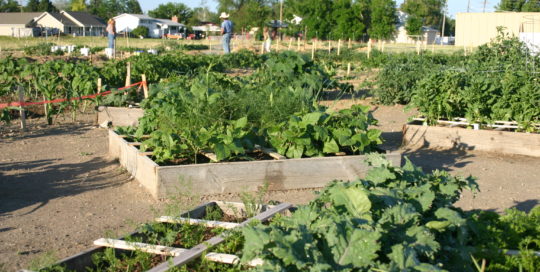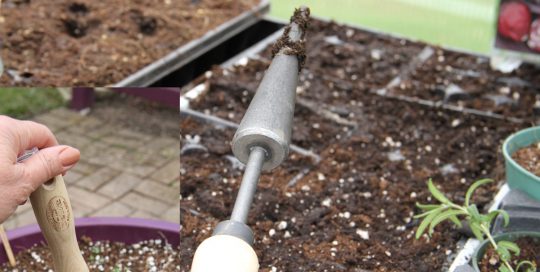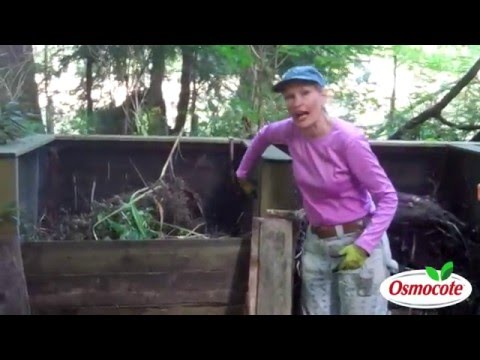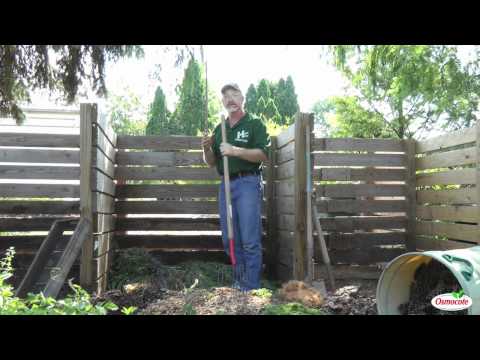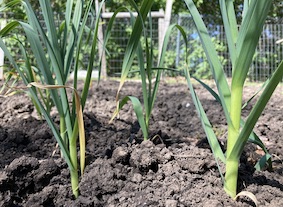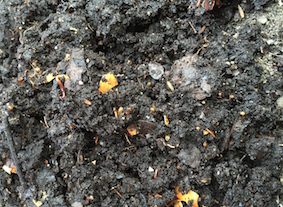What is Composting?
When most people hear the word “compost”, they think stinky, smelly, unattractive bins in the yard, filled with yucky dirt. If they are built and maintained correctly, this line of thinking could not be farther from the truth!
Mother Nature has the “compost” thing down to a science, which it actually is. Composting is nature’s process of recycling decomposed organic materials into a rich soil like substance. It happens all around you, every year, and you probably have never really thought about it. Let me give you an example. Look up at the largest tree that you can see. There are lots and lots of leaves on it, isn’t there? Remember last fall, when they ALL came down? Unless you raked them up, where did they all go? Mother Nature’s compost bin, that’s where!
According to Wikipedia, “Composting of waste is an aerobic (in the presence of air) method of decomposing solid wastes.” If this process did not take place, we would be buried in piles of leaves, dead bugs, sticks and everything else that were once living.
Composting in Your Garden
Backyard composting is just a smaller, faster, process that is already in use by nature.
The end process, compost, is the basics of organic gardening. It is full of nutrients that feed the soil microorganisms. This organic substance helps retain moisture, feeds the plants to make them healthier, which in turn makes you healthier. Nutrient starved food plants are less nutritious for us, and, even the ones we don’t eat do not produce as much oxygen, which is vital to our existence.
So why don’t more people compost? We are back to the stinky, smelly idea, which is just not true.
Making Your Compost Bin
Here is a cheap, easy to maintain way to make a compost bin at home, and you will be recycling even more than just your kitchen scraps.
What You Need
Pallets – you know those wooden things that shipments of goods come on when they arrive at your favorite store. The nice thing about using these is, the hardest part is already basically done you are just building a box (or two). Most of the time, you can get them for free! Bonus!!
The average pallet is 4’x4’, some are a little smaller, you might find some bigger, but figure on finding an average size. Something to keep in mind, pallets usually have one side where the boards are very close together and the other side rather far apart. Make note of what you have for a future step. With luck, you will find some with both sides that are close together.
Location – you will want to find a spot in your yard that has a couple of things going for it:
- Sun
- Close to a water source
- Convenient to the house to drop off the goodies
You will need extra space for one side of the bin so you have room for a gate, preferably on the least seen, yet easy to access side.
Find or level the spot and clear it of grass. You can skip the removal of grass by simply placing multiple layers of newspaper down, once we get the box built. Okay, you have your spot all picked out.

